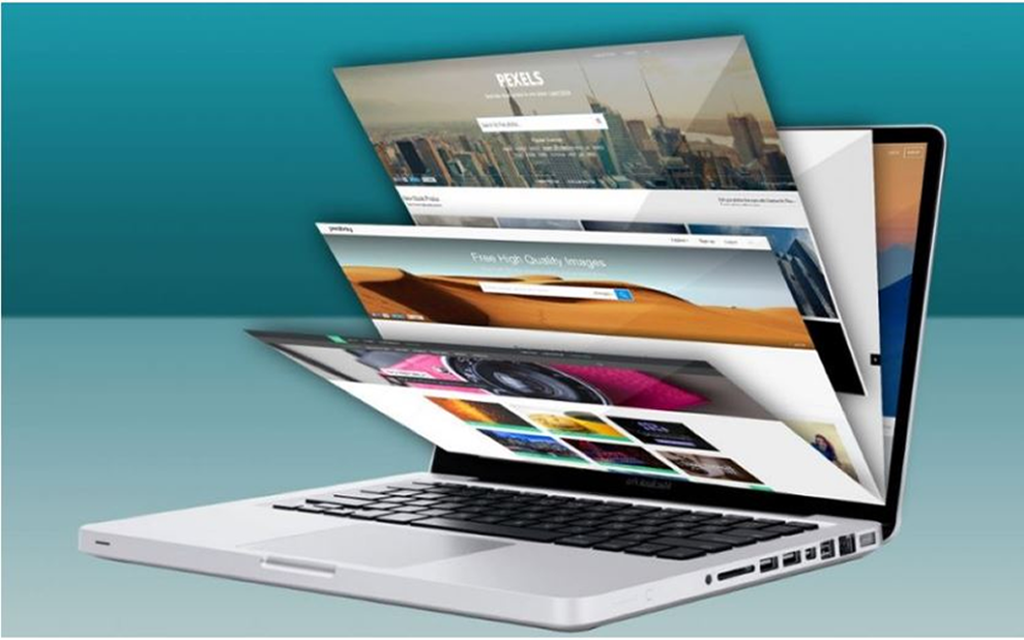Before we install WooCommerce, there are a few pages we should set up first:
Step 1: Setting Up Relevant Pages
- About Page: Share your story with your customers. ( see example )
- Contact Page: Provide a way for customers to reach you. ( see example )
Step 2: Disabling Comments on Pages
In WordPress, pages are for static content like “About Us” or “Contact” pages, which typically remain unchanged over time. Posts, on the other hand, are for dynamic content like blog entries or news updates, which are organized chronologically and can be tagged and categorized. Comments are great for blog posts but don’t always make sense on pages. Let’s turn them off:
- Go to the Admin Dashboard.
- Navigate to Pages.
- Select all your pages.
- Go to Bulk Actions, choose Edit, and click Apply.
- Under Comments, select Do not allow.
- Click Update.
Now, when you revisit your About page and scroll down, you should no longer see the comments box, making it more “page-like”.
Step 3: Setting Up Permalinks
Permalinks in WordPress are the permanent URLs of your posts, pages, categories, and other archive pages on your website. These URLs are designed to be permanent and should not be changed, hence the name “permalink.” They help create a URL structure that is easy for both humans and search engines to understand and share.
Pretty Permalinks: These are SEO-friendly and attractive, usually containing words such as the title of the post or page, post category, or tag name. For example: http://example.com/2012/post-name/
Pretty permalinks are SEO-friendly because they include keywords from the post title or category, making URLs more descriptive and relevant to search engines. This helps improve search engine rankings and provides a better user experience by creating readable and memorable URLs.
To create prettier permalinks:
- Go to the Admin Dashboard.
- Navigate to Settings > Permalinks.
- Choose any option other than Plain (e.g., Day and name, Month and name, Numeric, Post name). Personally, I’m a fan of Day and name.
- Click Save Changes.
Return to your About page and refresh it to see the updated permalink. This will apply to your About page, Contact page, and future Product pages.
